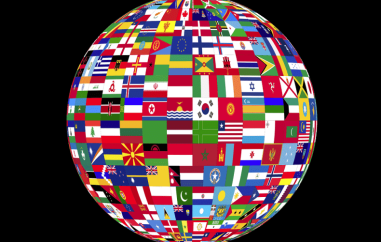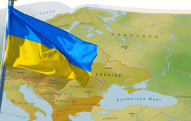A second wind for exoplanets habitability
Earth is the only planet we know that has life, so it's easy to think that any other habitable planet must look like it.
Indeed, the study of exoplanets (planets outside of our solar system) often concentrates on looking for Earth's "twins".
But the universe is a weird and varied place: could some different world be habitable too?Â
According to a study from the Catholic University of Leuven, Belgium, the answer is yes!
If there's any chance that a planet has liquid water on its surface, it's deemed habitable.
"You need liquid water for life," says Doctor Ludmila Carone, one of the authors. "But also, at the current stage, we have not found a planet with surface water yet. It's a broad, crude criterion for habitability, but it's the best to start with."
They considered planets orbiting closely around relatively small and cool stars called red dwarfs.
The planet side nearest to the star feels significantly more gravity than the other; as a result, these planets end up facing the star always with the same side (what's called tidal lock). So they have eternal day on one side and eternal night on the other. Needless to say, this makes them very different from Earth.
One would think that such planets are scorching on the day-side and freezing on the night side. But climate can change this: if air flows around the planet, temperatures equalize and make the planet habitable.
The researchers used mathematical models to describe the features of tidally-locked terrestrial planets and to study their climates. They then simulated on their computers, several tidally-locked worlds, with many different combinations of orbital period (how fast they revolve around their star) and size.Â
According to Dr Carone, "These are very basic features, which we can tie to a specific scenario we observe. Not only we can say what climate state arises, but also explain why." They found that, within realistic parameters, planets develop one of three possible climates, two of which are potentially habitable.
In one, super rotation appears: fierce winds at high altitudes, blowing eastwards faster even than the rate at which the planet rotates.
Clearly, this has consequences on the climate. As Dr Carone explains, "Imagine the super rotating upper atmosphere as a highway full of racing cars. The heated air from the surface moves up and wants to enter the 'highway', but it's too slow, like a truck, and it cannot get in the highway because it's already full. So it stays on the day side." So, air circulation is disrupted and the day-side becomes boiling-hot.
But, if planets have faster orbits (just a few Earth days), two other climates can arise.
In these cases, super rotation is weak or completely absent. Air can then circulate around the planet, cooling down the day-side enough to make it habitable.
Thanks to this study, exoplanet search projects (like the European Space Agency's PLATO mission) will be able to keep planets on the list of potentially habitable worlds, even though they are not Earth twins. Or even hardly its cousins!
Â
Image credit:NASA/SETI/JPL







 »
»